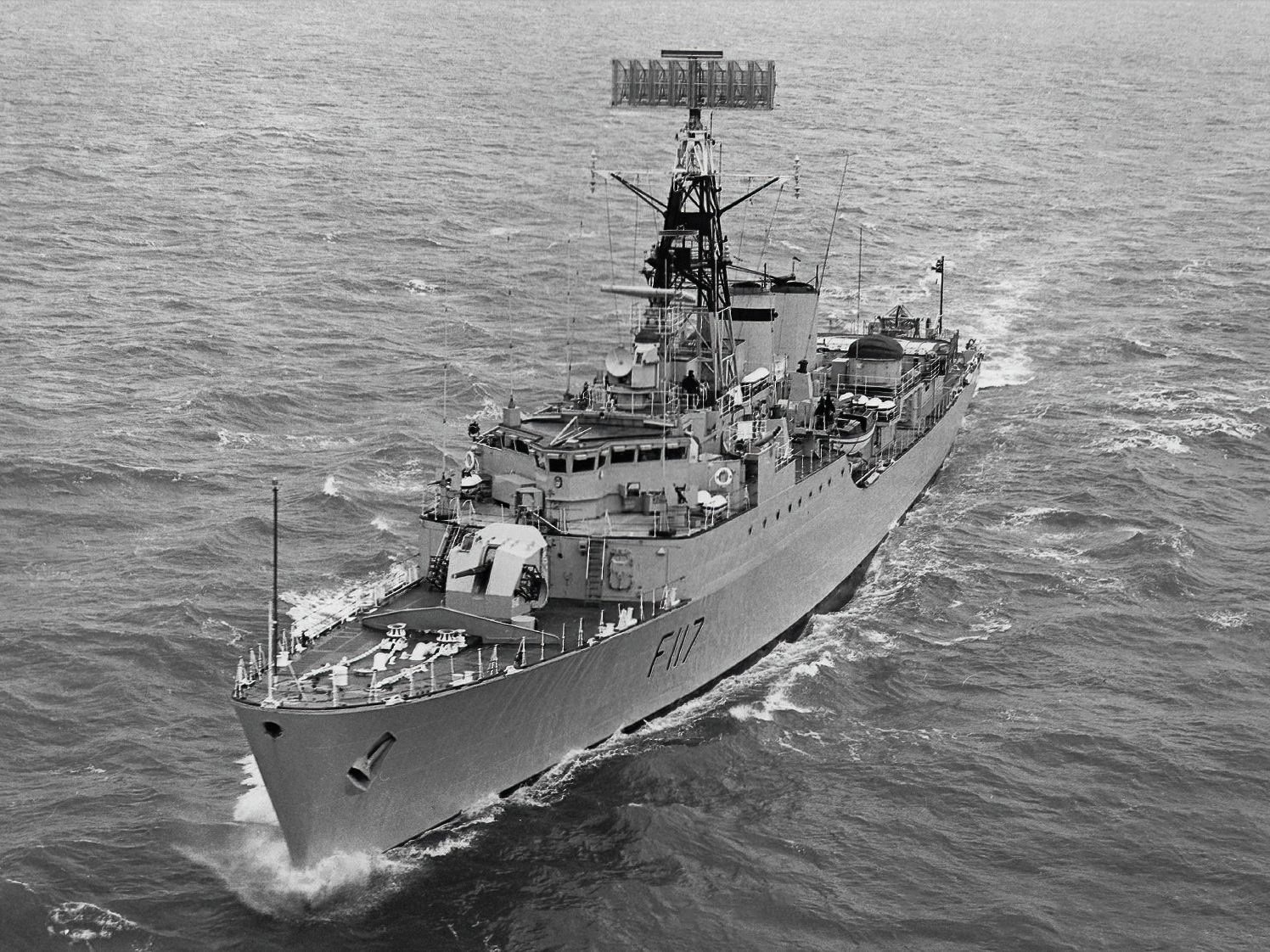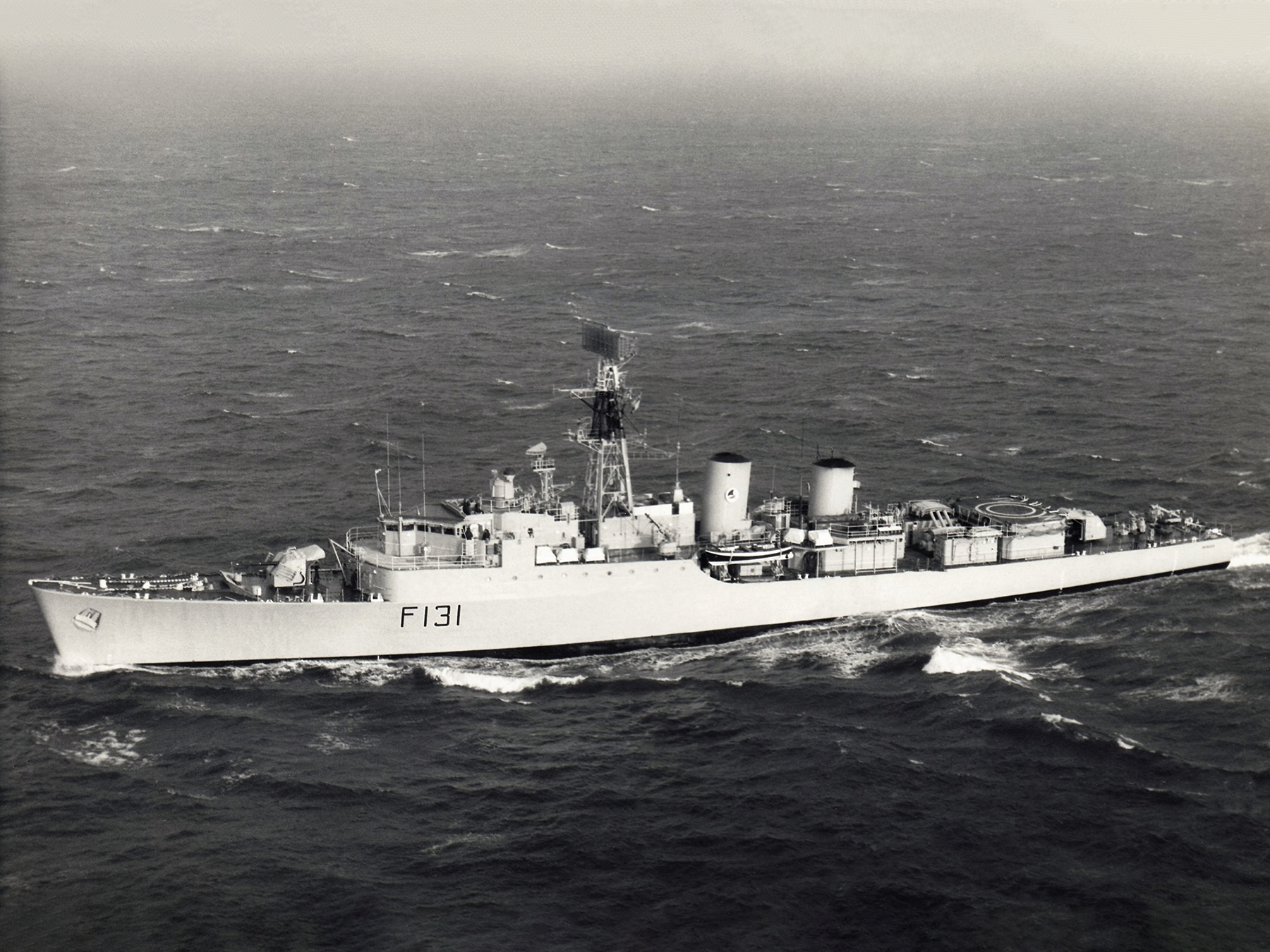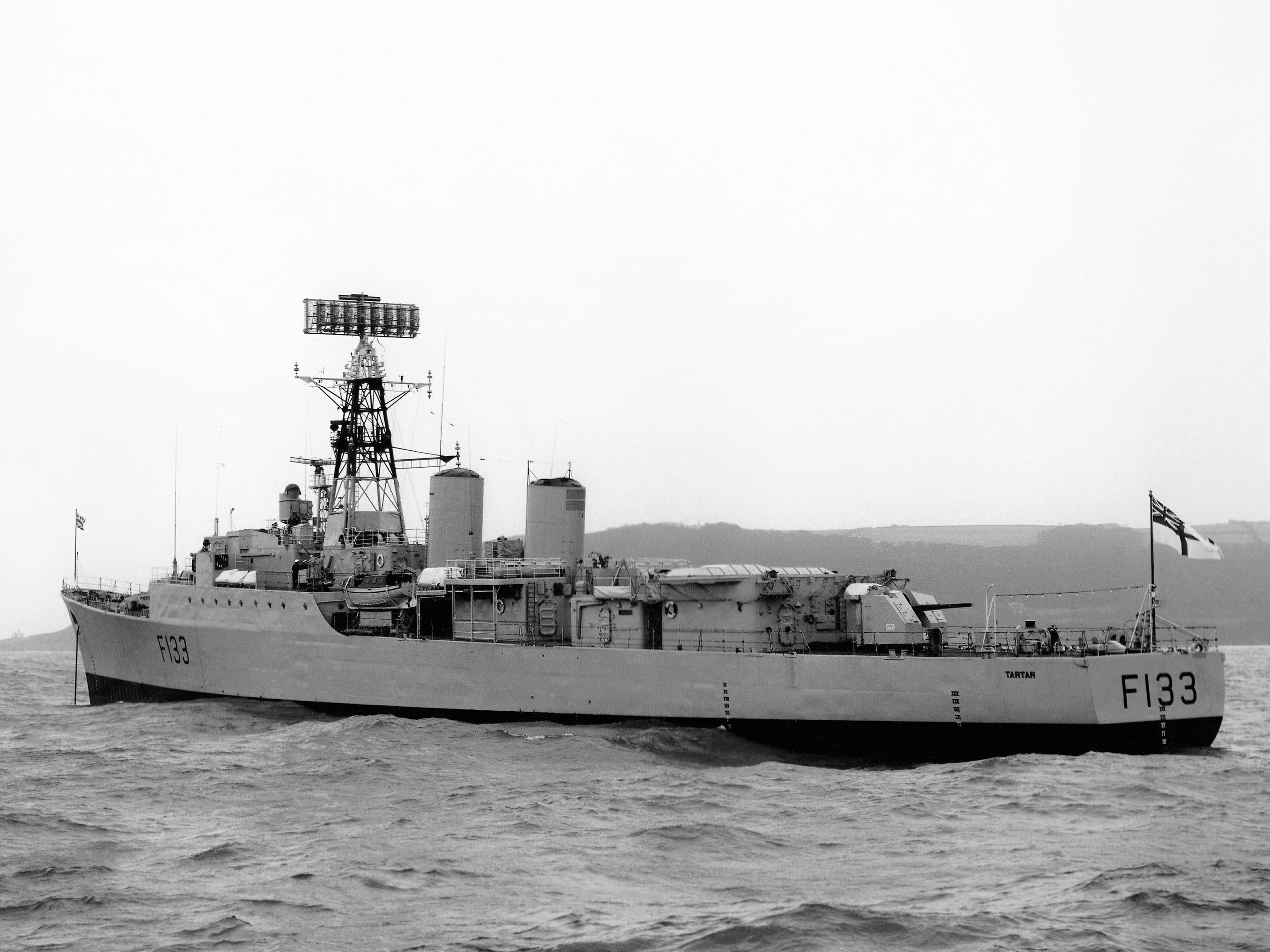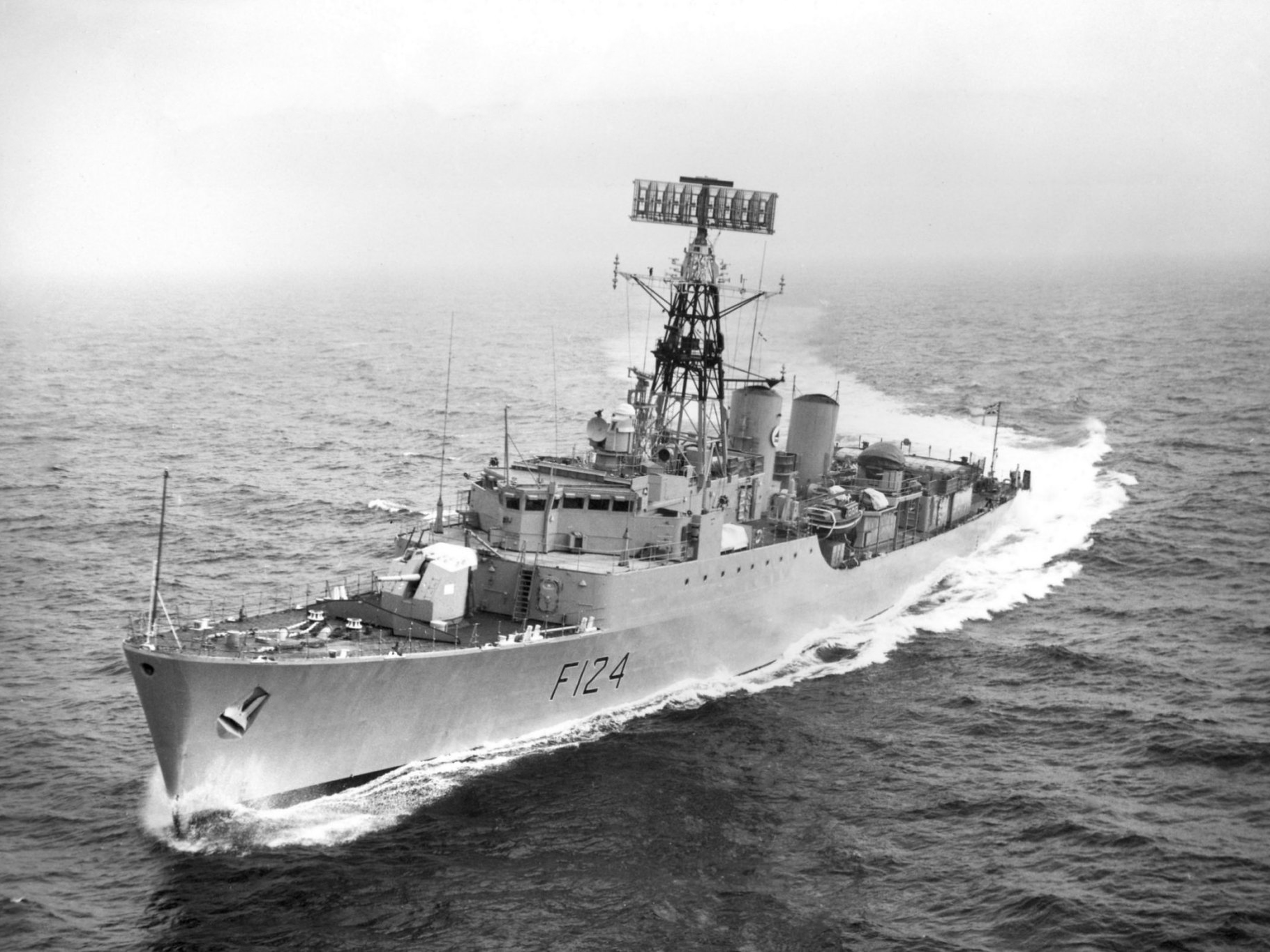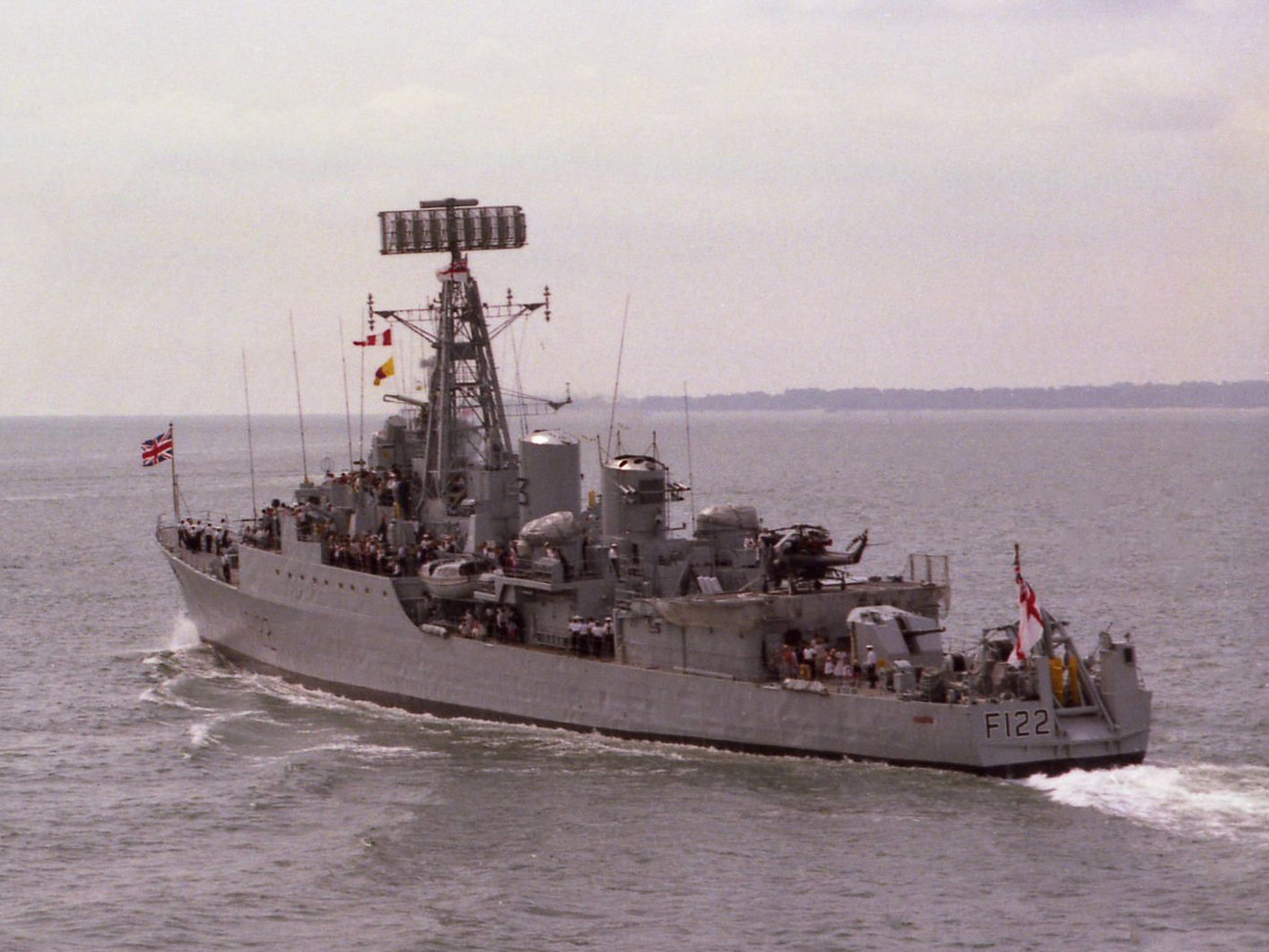Royal Navy Tribal Class Frigates: A Comprehensive Guide
Introduction
The Tribal class frigates, officially designated as Type 81, were a small class of general-purpose frigates built for the Royal Navy in the late 1950s and 1960s. Designed for patrol and escort duties in overseas territories, particularly in the Persian Gulf and the Far East, they combined modest armament with good range and accommodation standards. Only seven ships were built, but they served extensively in the Cold War and were the last Royal Navy warships to bear the proud Tribal names first used by destroyers in the early twentieth century.
Origins and Design Development
The Type 81 Tribal class originated from the need for a versatile, affordable frigate that could perform multiple tasks in areas such as the Persian Gulf, Caribbean and Mediterranean. These ships were designed to replace older sloops and frigates used for colonial policing duties while still having the ability to operate in NATO task forces.
At 2,300 tonnes full load and 360 feet in length, they were smaller than frontline destroyers but more comfortable and capable than earlier frigates. They carried diesel and steam propulsion in a Combined Steam and Gas (COSAG) arrangement, giving a top speed of 27 knots.
The ships were easily recognisable thanks to their large funnels and uncluttered deck layout, which gave them a distinctive profile.
Ships of the Class
A total of seven Tribal class frigates were built:
Design and Technical Features
The Tribal class were lightly armed compared to contemporary frigates, but their design was well-suited to patrol roles.
Displacement: 2,300 tonnes full load.
Length: 360 feet.
Propulsion: COSAG system, 2 boilers with gas turbines, speed 27 knots.
Armament (as built): Twin 4.5-inch gun turret forward, Seacat surface-to-air missile system, Limbo anti-submarine mortar.
Aircraft Facilities: Flight deck and hangar for a Wasp helicopter, which greatly improved their anti-submarine capability.
Crew: Around 253 officers and ratings.
Despite their modest armament, their helicopter capability gave them a modern edge in anti-submarine warfare.
Service and Operations
The Tribal class saw extensive service in the 1960s and 1970s, particularly in overseas stations. They were regulars in the Persian Gulf, Caribbean, and Mediterranean, supporting British foreign policy during a time of decolonisation and Cold War rivalry.
Their Seacat missiles provided limited air defence, but their main value was as patrol and escort ships. HMS Mohawk and HMS Tartar were among those deployed on NATO operations, while others conducted long-term deployments in the Indian Ocean.
By the late 1970s, the class was considered under-armed compared to newer frigates such as the Leander class. They were gradually phased out of frontline service, with some transferred to foreign navies where they continued to serve into the 1990s.
Legacy and Replacement
The Tribal class represented a transitional stage in Royal Navy frigate design. Although only seven were built, they demonstrated the value of helicopters at sea and the importance of multi-role capabilities. Their modest size and relatively short service life meant they were quickly overshadowed by the more versatile Leander class.
Nevertheless, the Tribal name continued a proud tradition in Royal Navy history and linked the frigates of the Cold War with the famous destroyers of the Second World War.
Summary – At a Glance
|
Ship |
Commissioned |
Notable Service Highlights |
Fate |
|
HMS Ashanti (F117) |
1961 | Persian Gulf patrols, NATO service |
Decommissioned 1985 |
|
HMS Nubian (F131) |
1962 | Persian Gulf and Middle East patrols |
Sold to Indonesia 1986 |
|
HMS Tartar (F133) |
1962 | NATO deployments, Mediterranean operations |
Sold to Indonesia 1984 |
|
HMS Eskimo (F119) |
1963 | Overseas deployments, NATO operations |
Sold to Indonesia 1984 |
|
HMS Gurkha (F122) |
1963 | Indian Ocean and Gulf patrols |
Sold to Indonesia 1984 |
|
HMS Zulu (F124) |
1964 | Caribbean and Mediterranean operations |
Sold to Indonesia 1984 |
|
HMS Mohawk (F125) |
1964 | NATO deployments, Cold War patrols |
Sold to Indonesia 1984 |
Conclusion
The Tribal class frigates were versatile patrol and escort ships, designed for a Royal Navy that was shrinking in size but still required a global presence. Though lightly armed, they proved effective in overseas roles and helped pioneer the integration of helicopters into small warships.
Their legacy lies not only in their service but also in their continuation of the Tribal names, which remain iconic in Royal Navy history.


